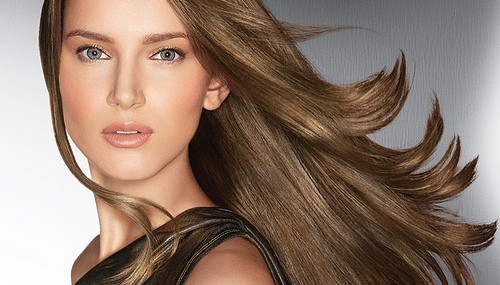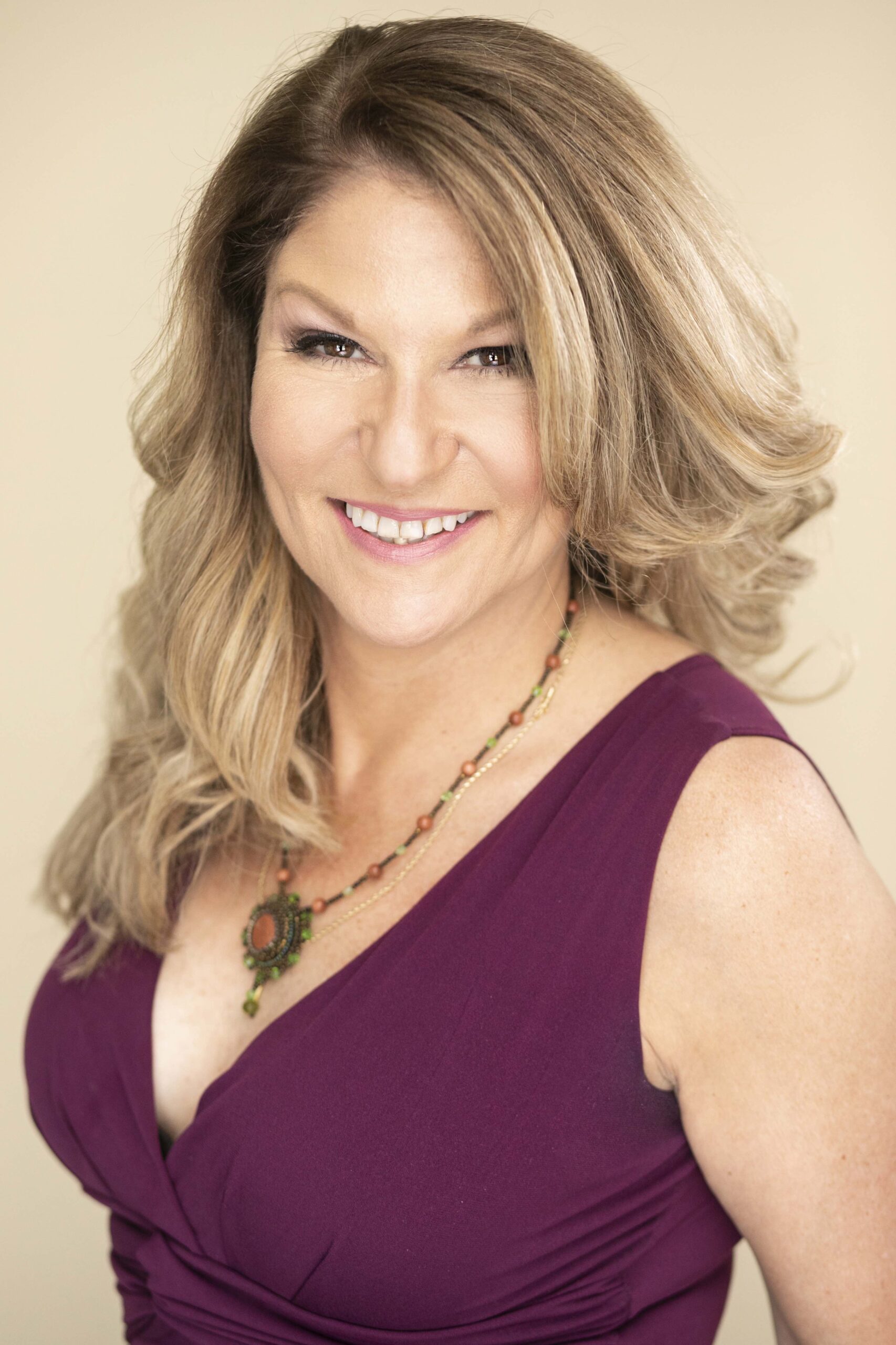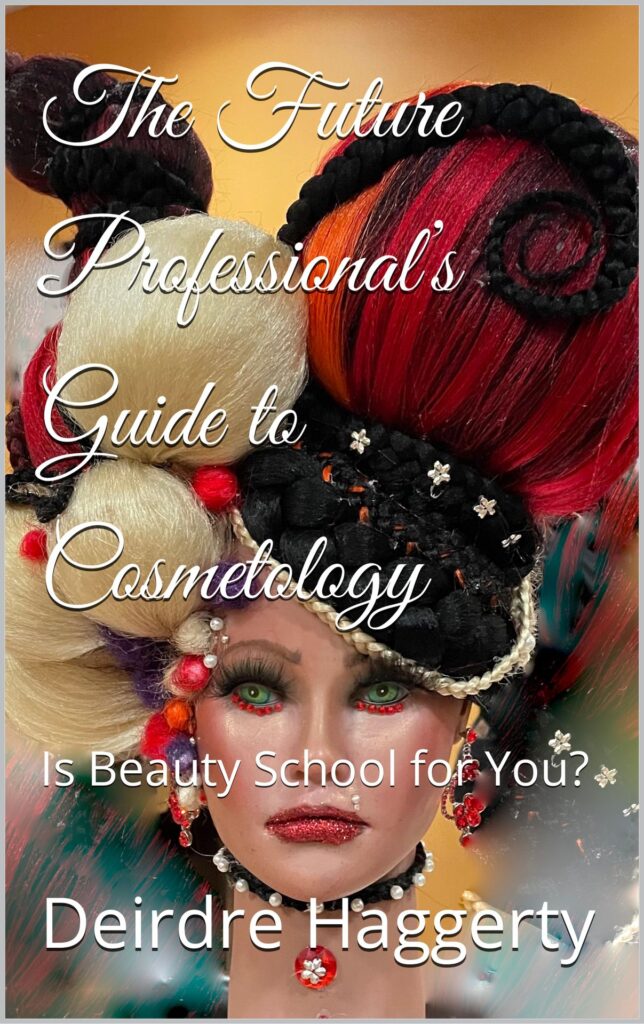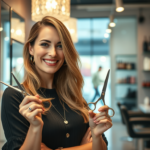Healthy hair is the current beauty trend and some need advice to maintain luscious locks, especially if your hair is chemically treated. Read on for this Tuesday’s how-to guide for healthy hair when coloring or perming.
Welcome to Ask the Pro Stylist’s weekly how-to advisory for Tuesday where I attempt to guide readers, without the use of video, how to recreate a hairstyle, apply makeup or polish nails. This is never meant to replace the work of professionals. As a licensed, working hairstylist, my advice is always to have services done in a salon. This column is only to enhance or serve as a guide to what your stylist has already helped you with.
Today we discuss how to have healthy hair. Healthy hair is a beauty trend; unlike the big frizz messes of the 80s, that doesn’t seem to be fading anytime soon. Back in November, I received a ridiculous email from the AAD, the American Academy of Dermatology with their “Tips to Keep Your Hair Healthy When Coloring or Perming.” I have ranted about this before: The docs should relegate their practice to skin health and leave the actual hair coloring advice to the licensed professionals.
The healthy hair advice was part of the Dermatology A-Z Video Series in which the dermatologists claim they are “experts in the care of the skin, hair and nails.” NO, you are NOT! Dermatologists by definition are physicians licensed in the branch of medicine concerned with the diagnosis and treatment of skin disorders. It does not say they are experts in hair care and should never be trusted to advise on such matters, as the ignorant video series promotes BOX HAIR COLOR!
Hairstylist, beauticians, cosmetologists, colorists are experts in hair and are the only licensed professionals who should ever advise on how to have healthy hair. The only intelligent counsel, and one often heard from the pros on this side of the fence, is to seek the advice of a dermatologist to answer questions of unexplained hair loss.
This so-called “healthy hair” video first provided advice on selecting the proper shade for coloring the hair at home. WRONG! The only advice is to NEVER color the hair at home. The doctors suggested using a hair color darker rather than a lighter shade to your natural hue to minimize hair damage, as “lightening the hair 3 shades within your natural color requires higher volumes of peroxide.” There are so many things wrong with that statement starting with, I doubt a dermatologist ever tried to remove black box hair color from a repeat offender! At-home hair color doesn’t come with higher levels of developer, hence why when people do attempt to go lighter at home, their hair turns brassy. When a professional uses stronger developer, (we haven’t said peroxide since the 80s) it generally mixes with a professional color brand infused with conditioners and a product line to follow to maintain healthy hair.
I could literally pick apart every uninformed statement from the how-to guide, but for the sake of my sanity, I’ll focus on one last bit of healthy hair advice offered by the “experienced dermatologists.” They provided a list of suggestions when perming the hair at home. Who even does that anymore? Never perm the hair at home, as it is impossible not to ruin it unless a professional stylist is the one wrapping the rods and using a professional brand to apply the lotion.
If you couldn’t tell, I am so against doing any chemical service at home unless a professional who uses professional brands does it. If you have a hair care issue first consult a licensed stylist who will recommend a dermatologist if it is an issue that requires a diagnosis, but when it comes to healthy hair advice, ask your salon professional first. Your colorist and/or stylist can also recommend the coordinating hair care products that complement your chemical service, which enhance and prolong it for optimal healthy hair.
©Deirdre Haggerty, ALL RIGHTS RESERVED. No part of this article may be reproduced without prior written permission and consent from the author.

 Cosmetology tutor, career coach, writer, author, NY & NJ State licensed cosmetologist, store and salon manager, beauty educator and executive school director, Deirdre Haggerty has been actively involved in the hair and beauty industry in New York & New Jersey for 40 years.
Now - get online help to pass your licensing exams in any of the states throughout the country or beauty career advice. Send Deirdre an email for more information regarding an online tutoring or career coaching session for the written and practical exams at asktheprostylist@gmail.com. (732) 800-6416
Cosmetology tutor, career coach, writer, author, NY & NJ State licensed cosmetologist, store and salon manager, beauty educator and executive school director, Deirdre Haggerty has been actively involved in the hair and beauty industry in New York & New Jersey for 40 years.
Now - get online help to pass your licensing exams in any of the states throughout the country or beauty career advice. Send Deirdre an email for more information regarding an online tutoring or career coaching session for the written and practical exams at asktheprostylist@gmail.com. (732) 800-6416


